Fossil stool researchers: who are they and why our future is in their hands
By Pictolic https://pictolic.com/article/fossil-stool-researchers-who-are-they-and-why-our-future-is-in-their-hands.htmlSitting down in the eagle pose to empty his intestines, the ancient man could not even imagine that in thousands of years his pile would be of value to someone. As for the feces of dinosaurs, they are, in general, worth their weight in gold and they arrange expeditions to remote corners of the planet. What kind of science is coprology and why is it important for modern humanity?

The year of birth of coprology can be considered 1878, when Fyodor Lesh, a professor of medicine at Kiev University, discovered an unknown type of amoeba in the bloody diarrhea of a patient and hooked him to a dog. Thus, the scientist determined that the cause of dysentery is unicellular microorganisms.
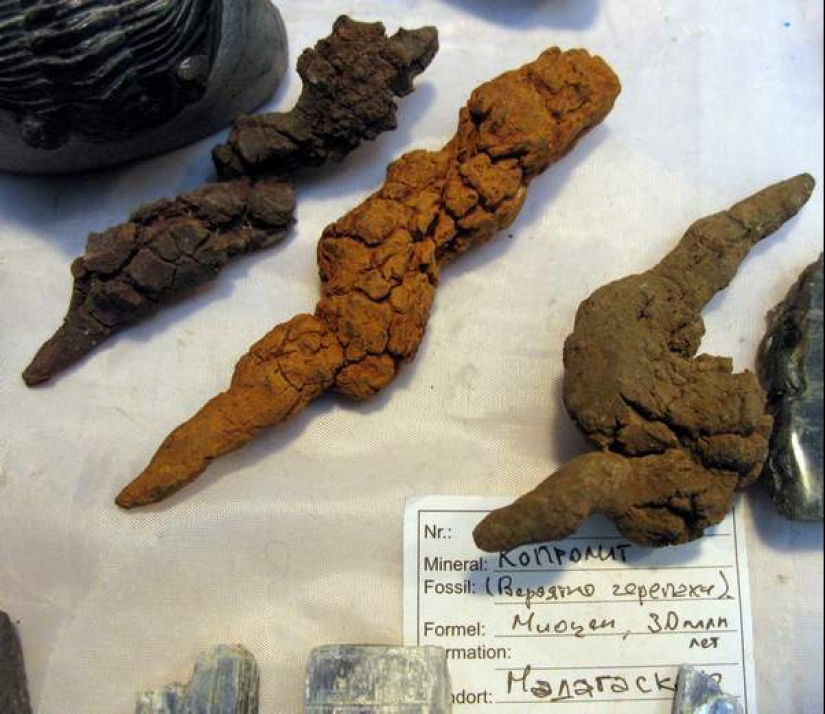
Archaeologists became interested in feces later, when doctors examined it in full swing to determine the diagnosis. Since 1970, according to coprolites — fossil feces, gastronomic preferences, health status and lifestyle of both people and animals have been clarified.
Paleontologists find it most difficult to find out anything about the objects of their research. From the long-extinct dinosaurs, only fossilized bones remained, and then not in the best condition. Fossilized feces allows you to learn a lot about prehistoric animals — it's not for nothing that paleontologists call coprolites "time capsules".
In 2013, paleontologist Lucas Fiorelli made an important scientific discovery. In Argentina, he discovered a "public toilet" of dinodontosaurs — dinosaurs that lived in large herds. The scientist was surprised to learn that the reptiles did not shit where they eat, but took a special place for this.
Most likely, emptying the intestines in one place made it possible to avoid the spread of parasitic diseases and at the same time scared off predators, showing the number of the herd.
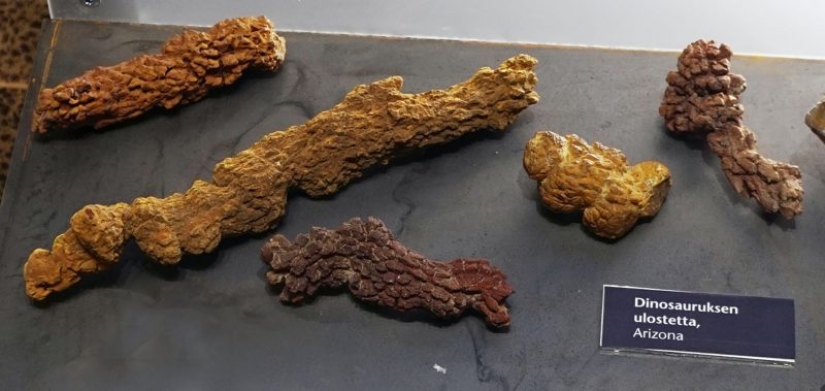
An even more grandiose discovery was brought to science by coprolite, discovered in 2015 near the Russian city of Vyazniki. Paleontologists have found a hair in a piece of feces more than 252 million years old! This meant one thing — some species of dinosaurs evolved towards warm-blooded and became covered with fur.
Helps to study ancient feces and the history of mankind. The feces, which turned 50 thousand years old, were found by archaeologists in a cave near the Spanish city of El Salt. They helped determine what the Neanderthals ate, answering many questions that have tormented scientists for more than a century.
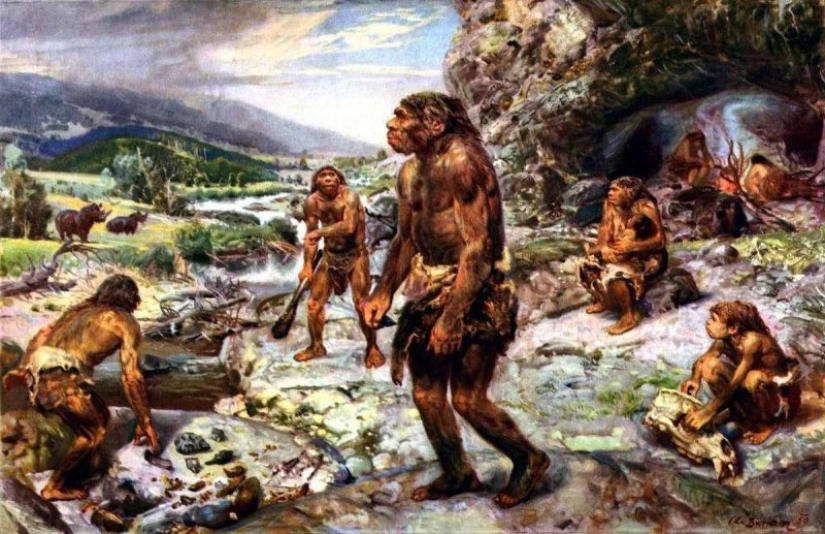
At the University of La Laguna, pieces of feces were subjected to gas chromatography and determined that they contained coprostanol in excess. This substance is obtained from cholesterol after the meat passes through the digestive tract. There is no cholesterol in plants, so it became clear that Neanderthals were not strict vegetarians, but willingly ate meat when such a case was given.
The Cro-Magnons who appeared later preferred vegetable food. In the warm regions of our planet, the plant world allowed us to eat nutritiously and in a variety of ways. But where the climate was more severe, Cro-Magnons had to make compromises in order not to starve to death. This strengthened their communities and contributed to the victory over the Neanderthals in the competitive struggle of species.
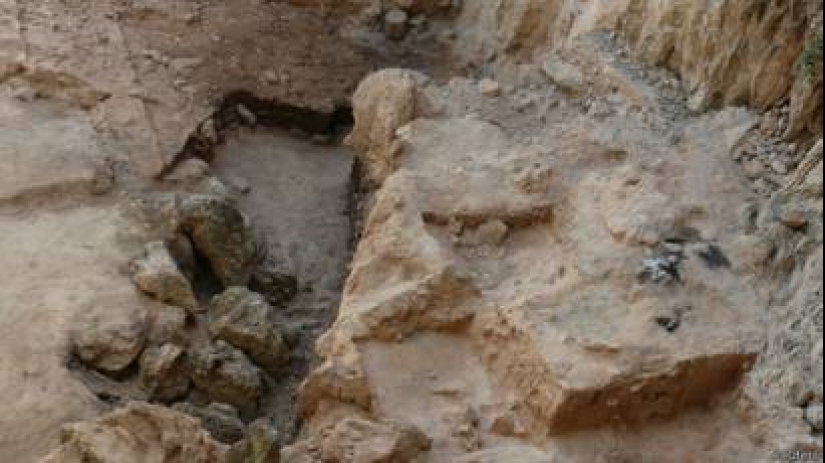
Interestingly, Neanderthal coprolites were often found in bonfires. Already in those days, fire had a sacred meaning for our ancestors and the tribes, having defecated in someone else's extinguished fire, thus showed their superiority over the enemy.
In 79 AD, the eruption of Mount Vesuvius destroyed two cities under a layer of hot ash — Pompeii and Herculaneum. For many centuries, the ruins of cities were preserved under a layer of volcanic products without oxygen access. This ensured the preservation of organic objects that did not burn down during the eruption.
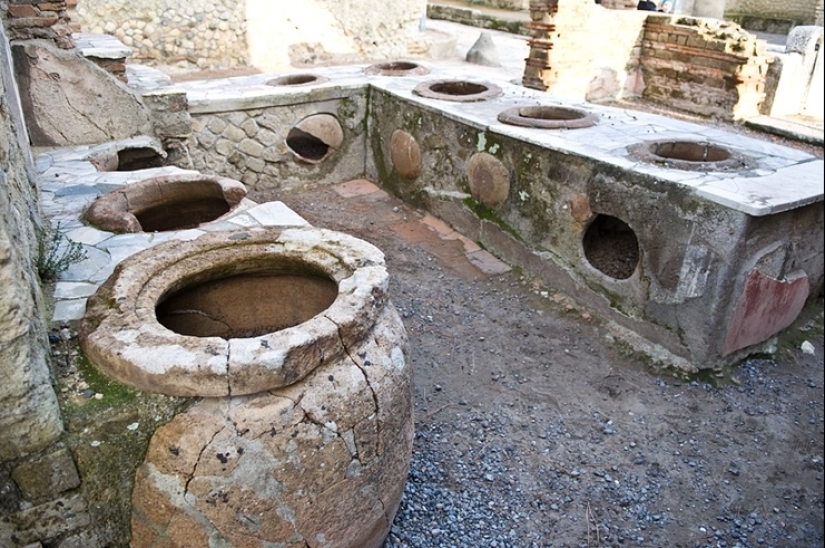
The ancient Roman feces, which archaeologists found in the public toilet of Herculaneum, has also been preserved. 150 residents of one of the quarters of the city and, most likely, their guests and just passers-by went to this latrine. Unlike many other toilets in the city, it was not connected by a pipe to the sea or another body of water, so the contents of the underground tank were preserved, so to speak, in full.
10 tons of feces were carefully collected in 800 containers and sent to the laboratory. There, after a complex biochemical analysis, scientists determined that the Herculaneans ate fish, vegetables, eggs, olives, fruits and shellfish. Meat and poultry were not held in high esteem by wealthy citizens, which is very unusual. Figs were especially loved by the residents of the city, the traces of which were especially distinct in the feces.
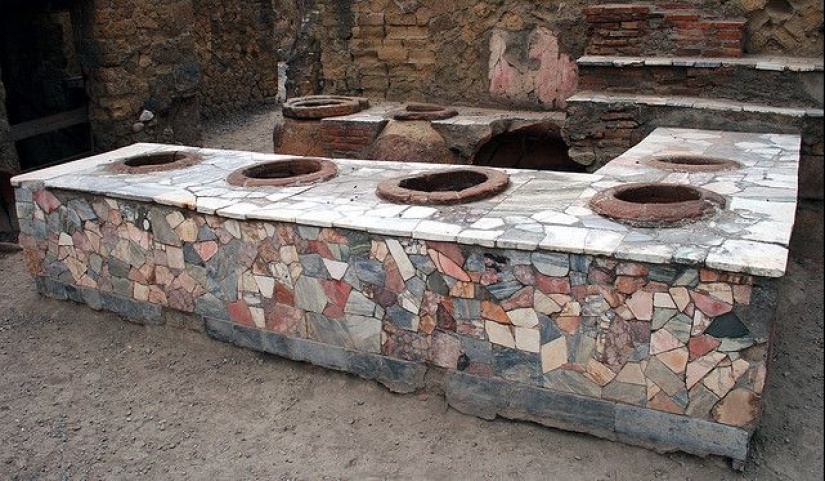
In the feces, an increased content of white blood cells was also detected, which meant only one thing — the townspeople suffered from various intestinal infections. Disassembling the toilet, the researchers also found various artifacts. In ancient times, people dropped coins, scallops, earrings, bracelets and... brothers into the holes of sorters. Among other things, two human skeletons were found in the toilet of Herculaneum. Although, perhaps, these people fell into the tank themselves, for example, tripping on stone slabs.
But the most famous coprolite in the world does not belong to the prehistoric era or even to the times of antiquity, but to the early Middle Ages. This valuable exhibit is a massive "ingot" of human feces of impressive dimensions of 20 x 5 cm, discovered in the English city of York during the construction of the bank.
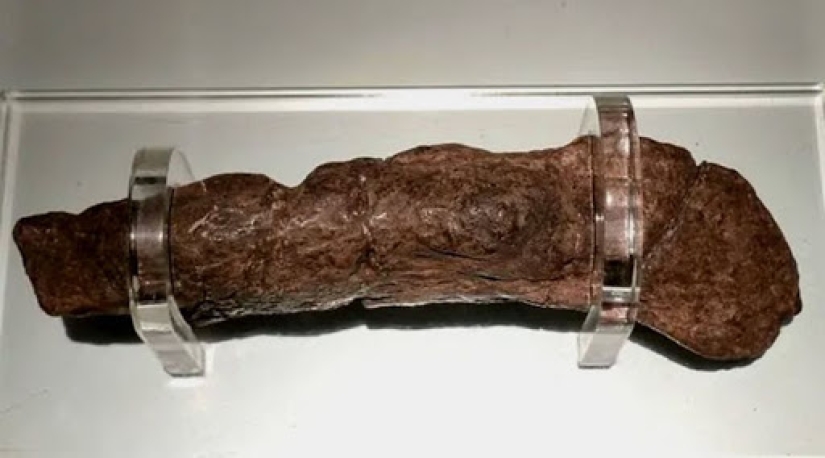
The builders, while preparing the excavation, accidentally stumbled upon the remains of a Viking settlement, which dates back to the 9th century. A huge number of archaeological objects were found in the cultural layer: knives, scallops, buttons, fragments of dishes, cutlery and the most impressive coprolite in size.
The "author" of this stool ate mainly meat and bread. In addition, the analysis showed that the person suffered from several intestinal diseases at once, including infectious ones.
The Vikings left another "gift" to scientists in the Danish city of Viborg, where archaeologists found traces of buildings that were houses with toilets. People lived in them together with cattle, so everything was just stuffed with various parasites. But this hardly bothered the ancient Scandinavians much, since scientists found a mutated alpha-1 protein in their coprolites -an antitrypsin that blocks toxic pest enzymes.
In 1940, in the Danish city of Aalborg, archaeologists reached the ruins of the mansion of Bishop Jens Birsherod, who lived at the end of the 17th century. A very comfortable toilet with a fecal tank was found in the house of the Holy Father. A lot of different goods were found in the container, and among them an old glass bottle. The uniqueness of this find was that there was a piece of feces inside the vessel.
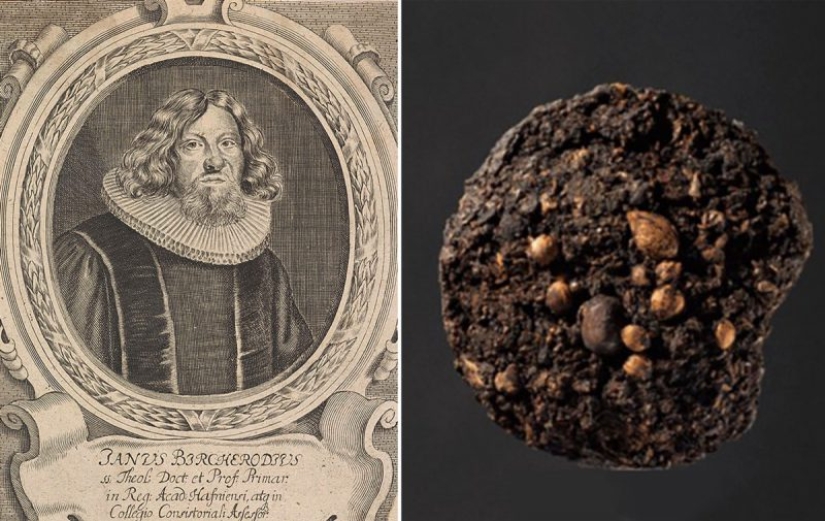
It is difficult to say who and, most importantly, why put the life product in the container, but the researchers are grateful to this medieval entertainer. Today it's no secret that the servants of the cult eat well and, as it turned out, this statement was relevant even four hundred years ago.
The bishop or one of his household, to whom the coprolite from the bottle belonged, ate, like all Danes of that time, oatmeal, cabbage, pork and beef. But, unlike others, the servants of the cult could afford exotic figs, grapes and spices for Scandinavia.
If there are people for whom fossil feces is valuable, then there are its collectors. The most passionate collector of feces in the world is recognized as an American George Frandensen from Florida. The man studied paleontology in college, but he was not interested in bones and stone arrowheads, namely coprolites.
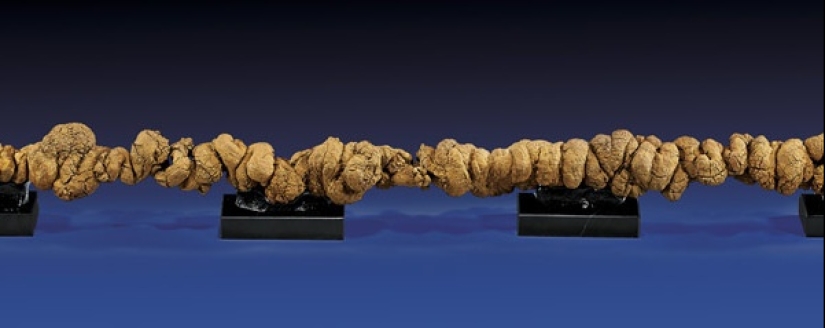
Now George is the lucky owner of the world's largest collection of fossilized feces and, thanks to this, even got into the Guinness Book of Records. Among the exhibits of his home museum there are both microscopic fragments of ancient insect droppings and huge blocks of dinosaur feces.
There are 1300 specimens in the collection, of which the owner is most proud of the fossilized feces of a crocodile that lived more than 5.5 million years ago. The weight of this exhibit is two kilograms. Part of the Frandensen collection is available for public viewing — it can be appreciated by visiting the Florida Museum of Natural History.
What is the use of studying fossilized feces? Are scientists really looking for it and splitting it in complex analyzers out of idle curiosity? Of course not. The study of ancient feces helps geneticists and epidemiologists to understand the ways of evolution of parasites, including microscopic ones. This makes it possible to find more effective ways to treat diseases and prevent epidemics today.
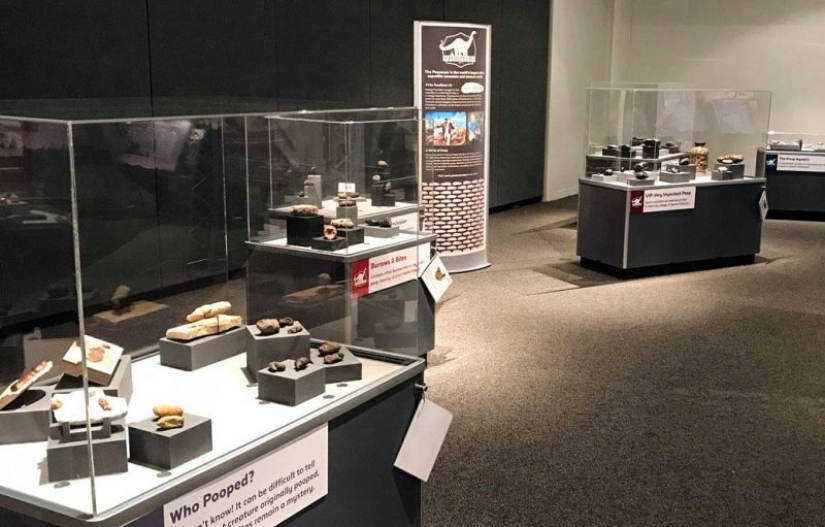
Coprolites also reveal the genetic code of ancient people, telling about hereditary diseases, as well as about the migration of tribes and peoples. Therefore, you should not treat the feces down, and especially the one that looks old enough. If you see such a find in front of you, know that history itself is in front of you and you need to show respect for it.
Recent articles

We present you a selection of amazing beaches — but today these are not standard holiday destinations, but really unusual places. ...

Aerial photographer cronista johnny Miller demonstrate dramatically the gap between rich and poor in cities of South Africa, Mexico ...

On April 22, 1923, Bettie Page was born in Nashville, who became a sex symbol throughout the country in the middle of the century. ...